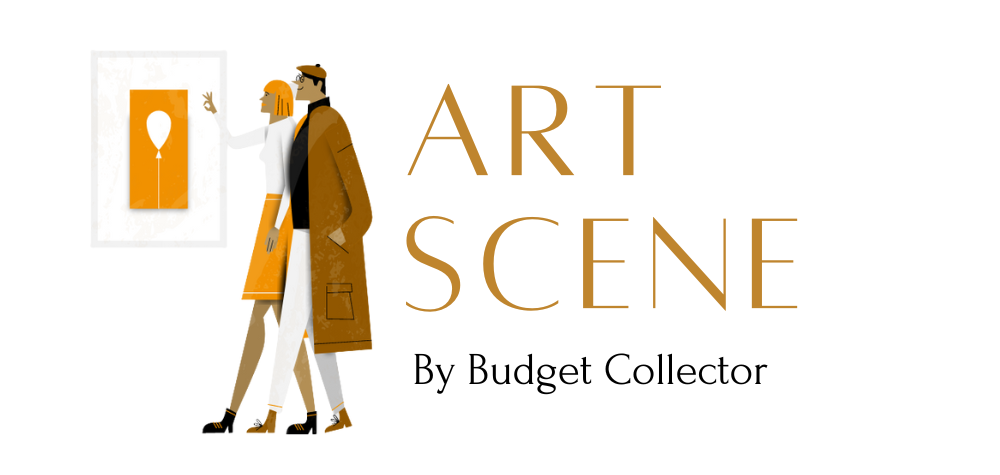A Study of the Correlation between Painting Origin, Era, and Color Palettes
Team, Global Data Artists
Hojun Chan
Currently finishing up my Master's degree at Georgia Tech University in Analytics, I have experience working with big datasets across a variety of industries including banking & finance, retail, media & publishing during my time at Citi, VF Corporation, and South China Morning Post. I am a highly motivated, hands-on learner with a passion for a deeper understanding of analytics in hopes of one day becoming a data scientist.
Lilian Chepng'eno
I'm in my final semester of the Georgia Tech Masters in Analytics program. My background is computer science, and I have about 4 years of data-related experience, primarily in the banking and finance sectors. I am passionate about helping organizations identify business needs and develop valuable solutions to drive accuracy and process efficiency through recommendations made based on findings from data. I currently work as a Data Scientist at the Central Bank of Kenya.
João Pedro Morand
I'm a Mechanical Engineer by training, with a master's in management and currently finishing the OMSA program in Georgia Tech. I have experience in software development and data analytics in the aerospace industry and in payments. I am currently working as a Data Analyst for Booking.com for the payments by booking team.
Summary
In this Data analytics project, our goal is determine whether there is any correlation between the color choices in a piece of art to the time period the artwork was created and the region it was created at. This will be done by performing an analysis on a dataset of artwork images to extract dominant colors in each image using image processing techniques, and thereafter statistical methods to establish correlation.
This analysis will be beneficial to artists, art enthusiasts as well as art collectors in that they will be able to understand which kind of art and colors in artwork they gravitate towards. For artists this can peek their creativity to know what sort of art they would get more satisfaction creating. For art collectors, this would help them know which type of artwork to invest in. Finally, for art enthusiasts, this will help them have a better understanding of how different aesthetics in art have evolved over time in different regions.
The Dataset
When selecting a dataset for any analytics project, numerous factors need to be considered. Some of these factors include: relevance of the dataset to the problem being addressed, the quality of the data, completeness of the dataset , accessibility among others. For this project we will use the Budget Collector Inc dataset because of the following reasons:
- The dataset is relevant to the problem being addressed since it has all the variables that we deem important to accomplish our goal.
- These variables include: image of artwork, year, period, region, art style just to state a few.
- Since the dataset was prepared and provided by Budget Collector, we can trust that the information is credible hence any analysis performed on this dataset is reliable.
- Date, Time Period, Artwork Image, and Region are the most important fields required for our analysis. Only two of the 396 data points in the Date field are missing. The rest don’t have any missing data. This gives us the assurance on the data completeness and accuracy of subsequent analysis.
How Johann Wolfgang von Goethe Influenced our color system choice
Goethe was interested in the psychological impacts of different colors on one’s emotions and mood. The foundation of his color theory was that there were relationships in how colors seemed to interact with each other. We understand that choosing a color system is important, as these subtle differences influence the emotion that is evoked from the artwork. As our interactive medium will be output primarily on devices such as computer monitors and mobile phones, we decided RGB would be the best color system choice. More importantly, RGB is also a reasonably close match for human vision and Goethe believed colors are really in the world, as if reality itself is a painting.

Download the App
Inspired Me
“The app inspired an artistic part of me that’s always been there but hasn’t been tapped into for quite some time.”

Nini Amerlise
Winner of Supermodel CanadaChallenges Snobbish Ideals
“This innovative use of technology challenges the snobbish idea that only the rich can afford great art by helping anyone learn how to confidently and affordably bring the power of beauty into their lives.”

Sean Latham
Zarrow Center DirectorDiscover Yourself
“It’s fun. It helps you discover something about yourself and gives you an idea of what speaks to you.”












